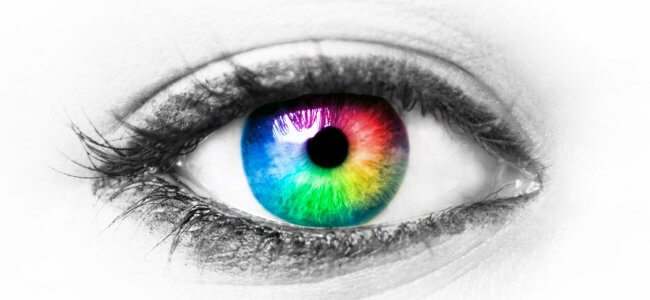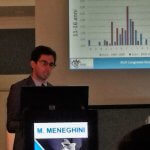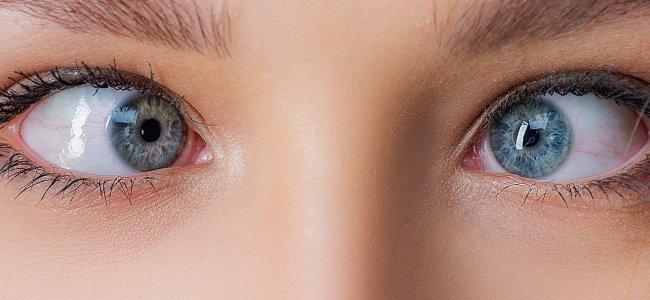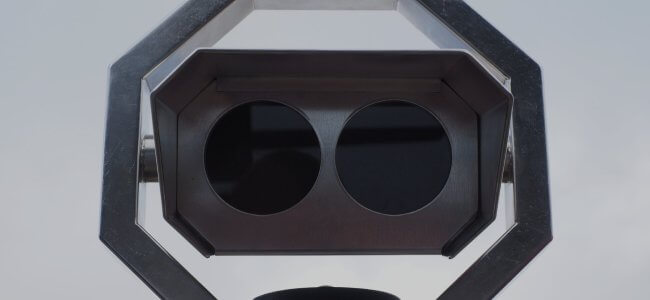Vascular dementia: what are symptoms, causes and treatments?

The editorial staff of Emianopsia has the pleasure of hosting Dr Graziana Romano: graduated in psychology with a master in cognitive neuroscience. Dr Romano offers us an in-depth study on vascular dementia.
What is vascular dementia?
People who suffered a stroke can develop an impairment of cognitive functions that typically manifests itself with alterations in memory, orientation and, in some cases, with episodes of mental confusion especially at night. This particular “picture” is defined where the blood circulation of the brain is impaired. If the brain is not sufficiently supplied with oxygen-rich blood, some brain cells die, and the so-called cerebral infarction (stroke) occurs.
What are causes and risk factors?
Circulatory disorders are the result of damage to blood vessels, for example, caused by vascular constriction, vascular inflammation, or bleeding. Risk factors include high blood pressure, diabetes, lack of exercise, smoking, and an unbalanced diet, rich in unhealthy fats (leading to high cholesterol levels).
This type of cognitive decay could sometimes be triggered by amyloid cerebral angiopathy, which involves the accumulation of beta-amyloid plaques in the walls of the cerebral arteries, resulting in the rupture or obstruction of these vessels. Since amyloid plaques are a feature of Alzheimer’s disease, this form of cognitive decay can occur as a result. However, amyloid angiopathy can also appear in people with no history of dementia; some beta-amyloid plaques can be present in cognitively normal elderly people.
Dementia due to cerebrovascular lesions is the second most frequent form of dementia after Alzheimer’s disease. Its mortality rate, over a period of 5 years, is 61%, higher than in other forms of dementia.
Unlike other dementias (which tend to progress continuously), vascular dementia can progress gradually. Symptoms can suddenly worsen, stabilize or decrease a little. Dementia that results from many mild strokes usually progresses more gradually than that due to some major strokes.
What are the symptoms?
The symptoms that allow a correct diagnosis (memory loss, difficulty in planning and starting actions or tasks, slowed thinking and a tendency to wander or wander) are similar to those of other dementias. Compared to Alzheimer’s disease, vascular dementia tends to cause memory loss later and affect the subject’s personality less impactfully, vice versa, in shorter timeframes, you will encounter difficulties in the following activities:
- Plan, solve problems, manage complex tasks and use common sense (called executive function);
- taking action.
Cognition can become remarkably slow and symptoms may vary depending on the affected brain area. Oftentimes some aspects of mental function remain intact, as stroke destroys the tissue of a single part of the brain. Since we can have focal loss, patients can retain more aspects of mental function and thus be more aware of their deficits. For this reason depression is more frequent in this disease than in other dementias.
Symptoms of the acute phase
As more strokes occur and dementia progresses, new symptoms may occur. Arms or legs may weaken or paralyze (hemiparesis/hemiplegia). The subject may have difficulties in the production and articulation of language (aphasia). Vision can be blurred or partially or totally impaired.
Coordination can be lost, making walking unstable. People may experience frostbite seizures (characterized by inappropriate bursts of laughter) or unfounded crying crises. They may also have difficulty controlling their bladder, thus developing urinary incontinence.
The onset of the above symptoms following a stroke should be considered and never underestimated as you can often intervene to attenuate or control the course.
In particular, the treatment of disorders that increase the risk of this form of cognitive decay (diabetes, high blood pressure and high cholesterol levels) can be useful to prevent, slow down or stop the progression of this problem.
To help prevent future strokes that would cause an aggravation of the dementia condition, specialists recommend measures to manage stroke risk factors such as:
- better control of arterial hypertension;
- managing diabetes;
- lowering cholesterol levels;
- quit smoking;
- lose excess weight;
- increase physical activity.
What are the treatments for vascular dementia?
As for the treatment of this problem, in addition to the management of vascular risk factors (glycaemic control, cholesterolemia, anti-hypertensive therapy, smoking cessation, etc.) which can slow the progression of this pathology and help prevent future heart attacks that could cause increased cognitive impairment-behavioural, it is also necessary to implement a series of security measures and support similar to those of other dementias.
Therapy of orientation to the reality
In the first instance, Reality Orientation Therapy (ROT) can be considered very useful, as it aims to redirect the patient through a series of stimulations related to time and space as well as autobiographical information. Through the stimulation of orientation in space, time, attention, language, and sensory-perceptive skills we try to maintain and enhance the residual abilities and improve the autonomy of the subject and the relationship with the living environment.
Classic rehabilitation procedure
The classic rehabilitation approach can still be useful and is based on vocal exercises, pen-paper, (designed to stimulate specific functions) or with active external aids, such as:
- agendas;
- diaries;
- guided use of calendar
- maps;
- whiteboards;
- recorders;
- lists (as compensatory instruments).
Nonetheless, rehabilitation by means of computer exercises can be equally useful; this kind of rehabilitation aims to activate cognitive functions through exergames.
Other rehabilitation approaches
If language skills are also lacking, it is essential to combine cognitive rehabilitation with a logopaedic rehabilitation treatment for the rehabilitation of speech and eventual aphasia.
In addition, given the awareness of the deficit and the consequent likelihood of developing a form of depression, it is always recommended to take a psychotherapeutic path.
We thank Dr Romano for this precious intervention, and we invite you to read on another form of dementia: Frontotemporal dementia: what it is, symptoms and rehabilitation.
Bibiography
- Mazzucchi, A. (2020). “La riabilitazione neuropsicologica” Premesse teoriche e applicazioni cliniche VI edizione. Edra S.p.A.
- Pino, O. (2017). Ricucire i ricordi. La memoria, i suoi disturbi, le sue evidenze di efficacia dei trattamenti riabilitativi. Milano: Mondadori Education S.p.A.

You are free to reproduce this article but you must cite: emianopsia.com, title and link.
You may not use the material for commercial purposes or modify the article to create derivative works.
Read the full Creative Commons license terms at this page.









